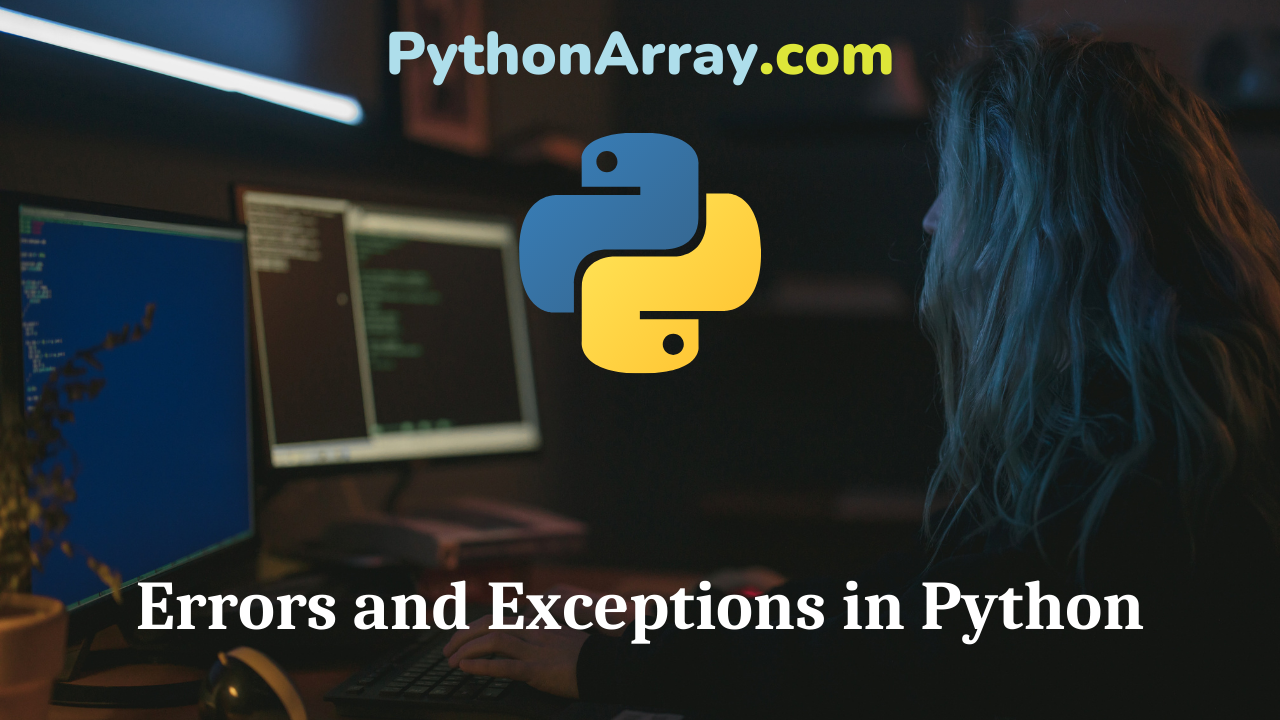Errors and Exceptions
In Python, there are two kinds of errors: syntax errors and exceptions. This post will describe what those errors are. Upcoming posts will show how we can handle those errors.
Syntax Errors
Let’s start with syntax errors, (also known as parsing errors).
The parser repeats the offending line and displays an ‘arrow’ pointing at the earliest point in the line where the error was detected.
The error is caused by (or at least detected at) the token preceding the arrow: in the example, the error is detected at the keyword print, since a colon (‘:’) is missing before it.
File name and line number are printed so you know where to look in case the input came from a script.
Example
Example of a syntax error
>>> while True print 'Hello world'
File "", line 1, in ?
while True print 'Hello world'
^
SyntaxError: invalid syntax
- Python Programming – Exception Handling
- Python Programming – Exception Handling
- Exception Handling in Python
Exceptions
The other kind of errors in Python are exceptions.
Even if a statement or expression is syntactically correct, it may cause an error when an attempt is made to execute it.
Errors detected during execution are called exceptions.
Exceptions come in different types, and the type is printed as part of the message.
The types in the example are ZeroDivisionError, NameError and TypeError.
Exception error
Example of an exception error.
>>> 10 * (1/0) Traceback (most recent call last): File "", line 1, in ? ZeroDivisionError: integer division or modulo by zero >>> 4 + spam*3 Traceback (most recent call last): File "", line 1, in ? NameError: name 'spam' is not defined >>> '2' + 2 Traceback (most recent call last): File "", line 1, in ? TypeError: cannot concatenate 'str' and 'int' objects
